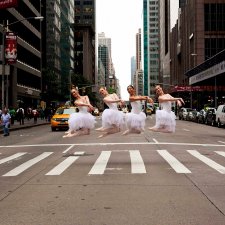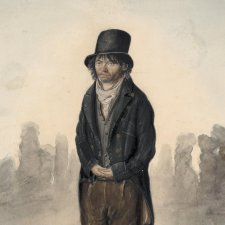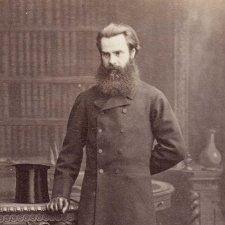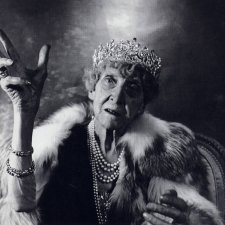- About us
- Support the Gallery
- Venue hire
- Publications
- Research library
- Organisation chart
- Employment
- Contact us
- Make a booking
- Onsite programs
- Online programs
- School visit information
- Learning resources
- Little Darlings
- Professional learning

Penelope Grist’s spirits soar with Lisa Tomasetti’s Dancers in the Streets series.

Those of you who are active in social media circles may be aware that through the past week I have unleashed a blitz on Facebook and Instagram in connection with our new winter exhibition Dempsey’s People: A Folio of British Street Portraits, 1824−1844.

Desperately seeking Woolner medallions

The first index I created was for my first book, and, to my astonishment, that was almost twenty-five years ago.

Rowan McGinness asks: when is a self portrait not a self portrait?

This year (in March) we will celebrate the twentieth anniversary of the formal establishment of the National Portrait Gallery. In the life of institutions, twenty years is not a long time.

Tedi Bills on how social media in the age of COVID-19 has fanned the flames of our portrait fascination.

It is now a little more than 178 years since the French Academy of Sciences was made aware of the invention of the daguerreotype process.

Last week ABC Television came to interview me about selfie sticks. The story was prompted by the announcement that the Metropolitan Museum of Art in New York has lately prohibited the use of these inside their galleries. So far as I am aware we have not yet encountered the phenomenon, but no doubt we will before too long.

At the end of a summer break one is tempted to say that there is nothing much to report. Isn’t one restful holiday very much like another?

In recent years I have become fascinated by the so-called Sydney Cove Medallion (1789), a work of art that bridges the 10,000-mile gap between the newly established penal settlement at Port Jackson and the beating heart of Enlightenment England.

The southern winter has arrived. For people in the northern hemisphere (the majority of humanity) the idea of snow and ice, freezing mist and fog in June, potentially continuing through to August and beyond, encapsulates the topsy-turvidom of our southern continent.

Dr Helen Nugent AO, Chairman, National Portrait Gallery at the opening of 20/20: Celebrating twenty years with twenty new portrait commissions.

Books seldom make me angry but this one did. At first, I was powerfully struck by the uncanny parallels that existed between the Mellons of Pittsburgh and the Thyssens of the Ruhr through the same period, essentially the last quarter of the nineteenth century.

Ensconced and meditative in crisp Tasmania, Joanna Gilmour pays tribute to passionate green advocate and photographer Olegas Truchanas.

In their own words lead researcher Louise Maher on the novel project that lets the Gallery’s portraits speak for themselves.